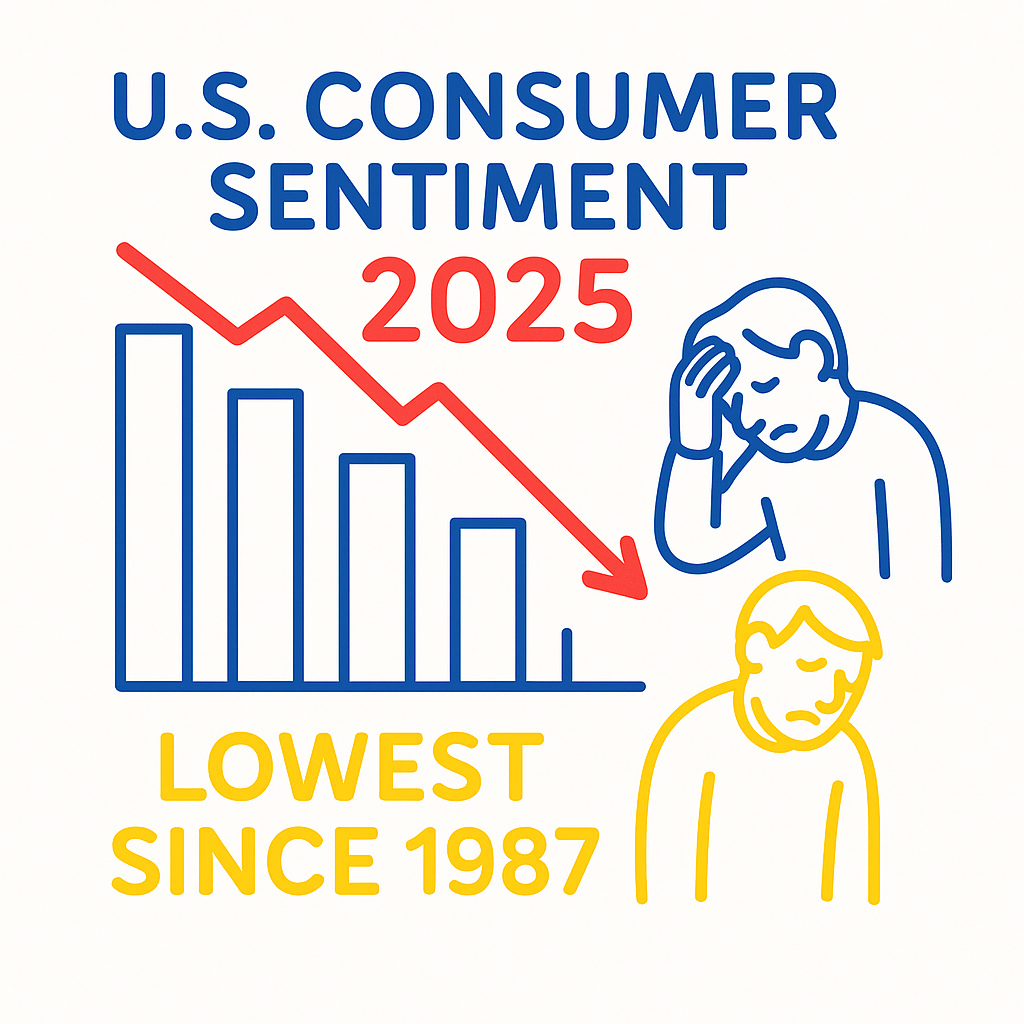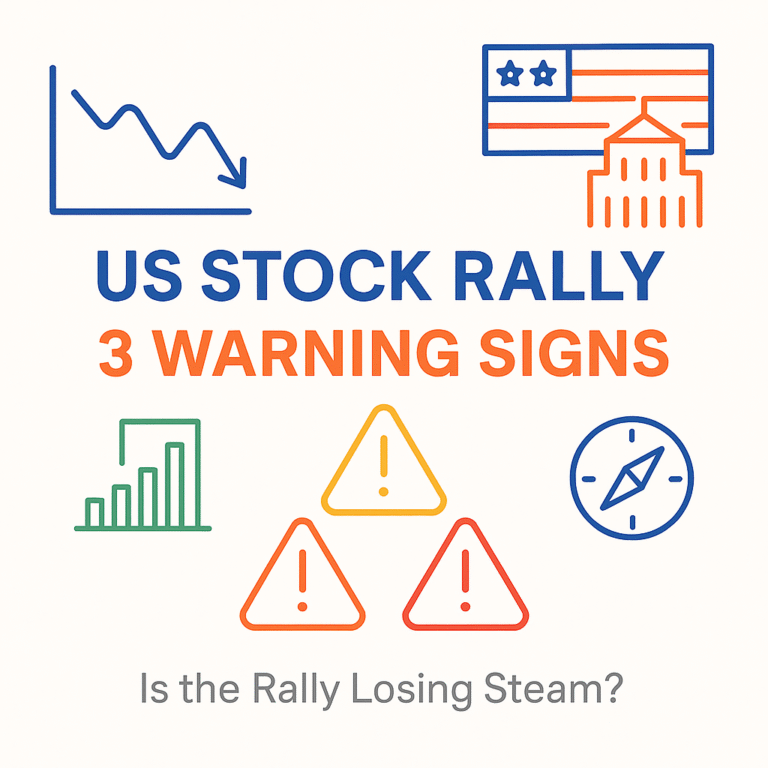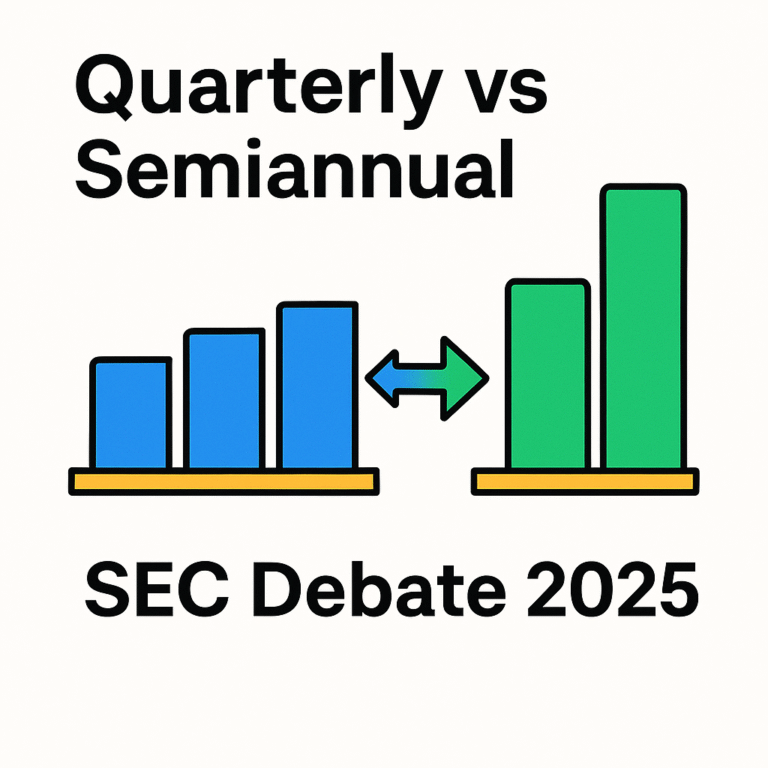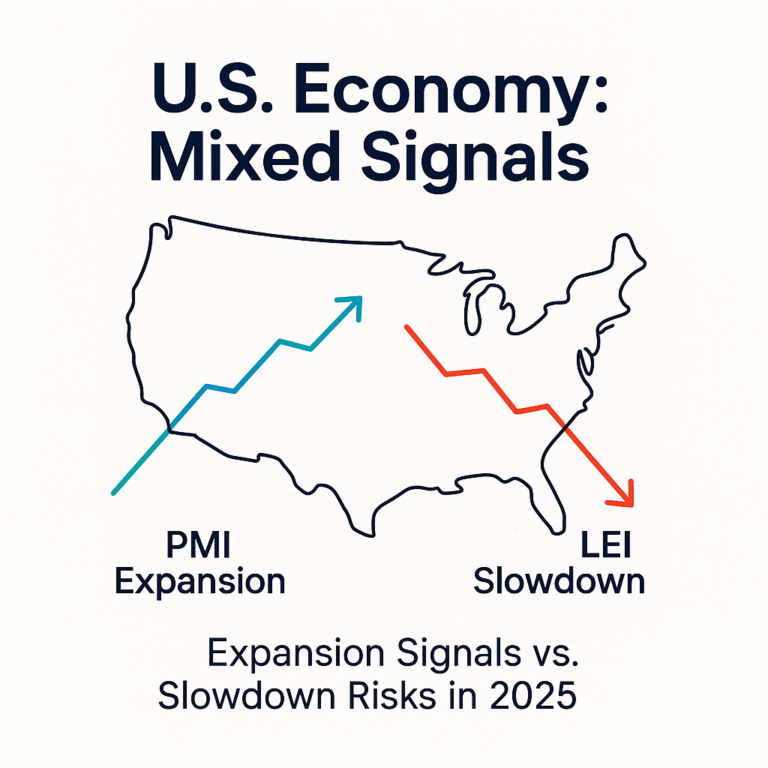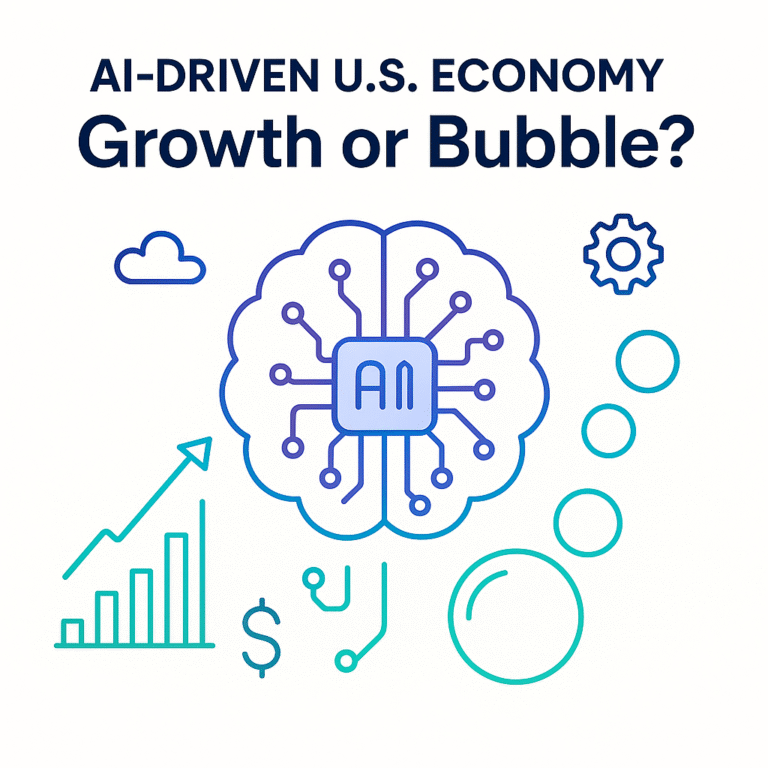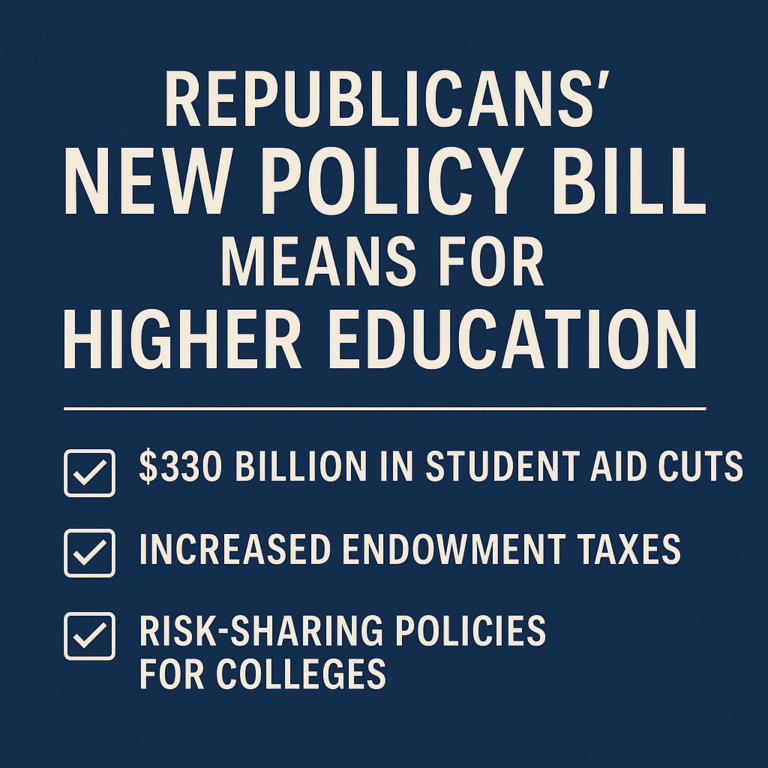Why U.S. Consumer Pessimism in 2025 Has Hit the Lowest Confidence Levels Since 1987
U.S. consumer sentiment in 2025 has dropped to its lowest level since 1987. Explore the causes, key data, and what this means for the economy.
Title
✔ The American consumer confidence index 2025 fell to 58.2, the lowest in decades.
✔ The expectations index dropped to 74.8, signaling recession risk.
✔ A WSJ-NORC poll shows Americans losing faith in the American Dream.
The lowest U.S. consumer sentiment 2025 reading shocked economists in August. The University of Michigan index fell to 58.2, down 14.3% year-over-year. At the same time, the consumer expectations index decline 2025 to 74.8 raised alarms about recession risks.
Surveys reveal deep U.S. consumer pessimism 2025 causes: high prices, job market concerns, and fading trust in upward mobility. Nearly 70% of Americans no longer believe in the American Dream, according to a WSJ-NORC poll.
Three Months of Declines Show the Trend
The American consumer confidence index 2025 slipped for three consecutive months. In June it fell to 93, in July to 97.2, and in August to 97.4, with the expectations index stuck below 80. These declines highlight how tariffs, inflation, and job concerns drive U.S. consumer pessimism in 2025.
Comparing Michigan and Conference Board Numbers
The lowest U.S. consumer sentiment 2025 came from the Michigan survey at 58.2, down from 67.9 last year. Meanwhile, the Conference Board’s confidence index stood at 97.4 but its expectations index showed the same decline under 80.
U.S. Consumer Sentiment Trends (Summer 2025)
|
Month |
Conference Board Confidence |
Expectations Index |
Michigan Sentiment |
|---|---|---|---|
|
June 2025 |
93.0 |
75.0 |
64.0 |
|
July 2025 |
97.2 |
74.4 |
61.7 |
|
August 2025 |
97.4 |
74.8 |
58.2 |
This table illustrates how both major surveys confirm a steady consumer expectations index decline 2025, with Michigan data showing the sharpest pessimism.
Experts Cite Job Market Strains and the Death of the Dream
Economist Stephanie Guichard said weaker job availability drove August’s numbers lower. The WSJ-NORC poll found nearly 70% of households no longer believe in the American Dream, reinforcing the depth of U.S. consumer pessimism 2025 causes.
Weak Sentiment Threatens Spending and Policy
Consumer spending makes up 70% of U.S. GDP. A lowest U.S. consumer sentiment 2025 reading could mean cutbacks in durable goods, travel, and services. If spending contracts, businesses will face weaker earnings and policymakers may be forced to adjust rates sooner.
This also signals political risk. A collapse in faith in the American Dream could fuel wider social discontent.
What’s Next: September Data and Tariff Risks
September’s American consumer confidence index 2025 will be key. If the consumer expectations index decline 2025 continues, markets may price in recession sooner.
Tariff policies also loom large. Higher import costs could push sentiment even lower, sustaining U.S. consumer pessimism 2025 causes well into next year.
The lowest U.S. consumer sentiment 2025 levels since 1987 underscore how fragile household confidence has become. This is not just a statistic; it affects spending, investment, and political stability.
Investors and households should closely monitor the American consumer confidence index 2025 and prepare for more volatility if sentiment fails to recover.

